Ever wondered what it feels like to stand in a country where happiness is actually measured as part of the national agenda? Bhutan isn't just another dot on the map—it's the only carbon-negative country on Earth, where ancient monasteries cling to cliff edges and prayer flags flutter against snow-capped Himalayan peaks.
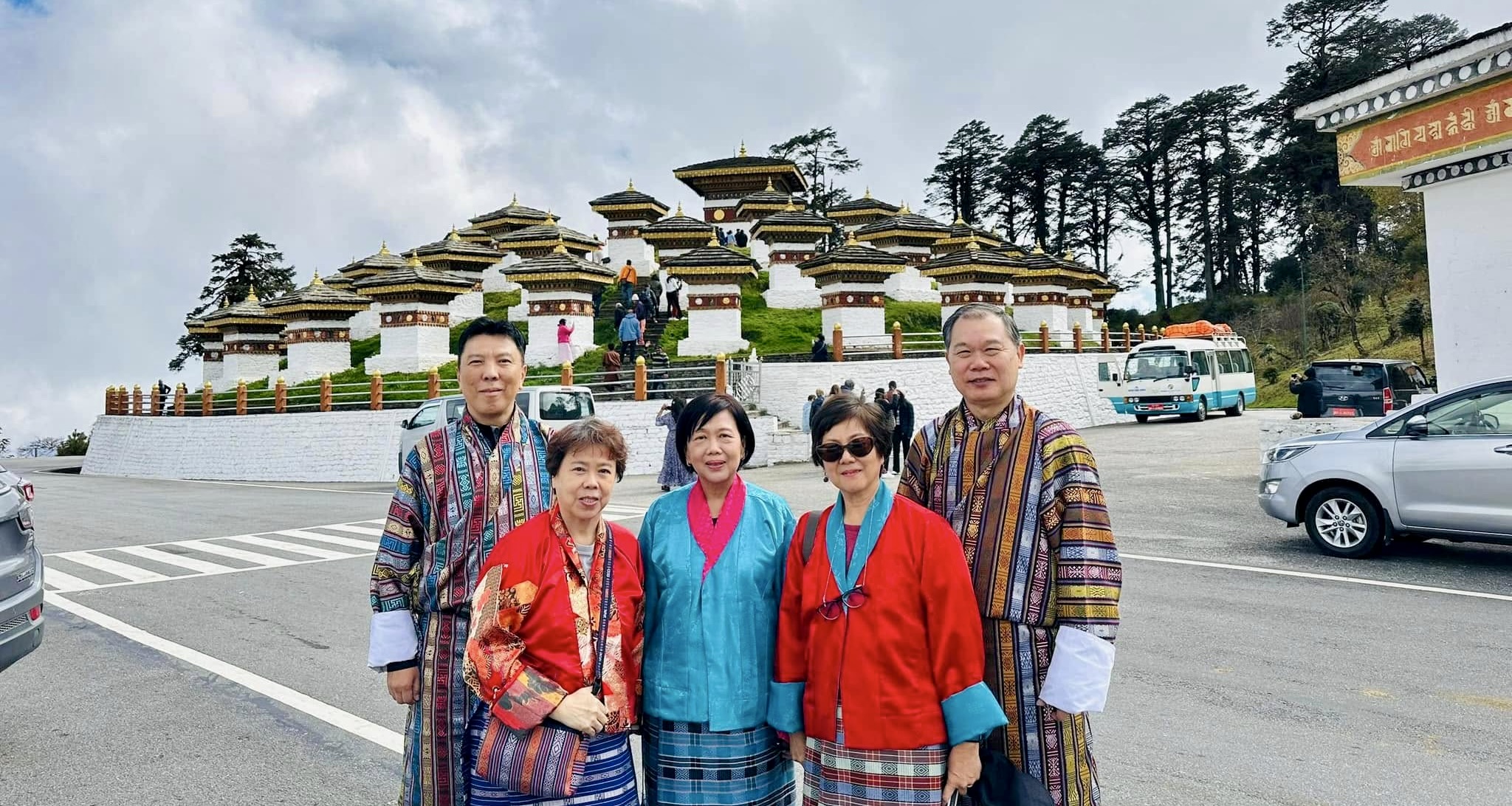
This hidden kingdom, nestled between India and Tibet, offers travelers something increasingly rare: authenticity. From the iconic Tiger's Nest Monastery to the untamed beauty of Phobjikha Valley, Bhutan's places to visit remain largely untouched by mass tourism.
But here's what most travel sites won't tell you about visiting Bhutan—there's a reason locals call their home "Druk Yul" or Land of the Thunder Dragon, and it has nothing to do with mythical creatures.
Top Must-Visit Destinations in Bhutan
Tiger's Nest Monastery (Taktsang Goemba) - The Iconic Cliffside Temple
Perched dramatically on a cliff at 3,120 meters, Tiger's Nest is the postcard image of Bhutan that captures everyone's imagination. We always tell our guests that no trip to Bhutan is complete without making this pilgrimage. The monastery clings to a vertical granite cliff 900 meters above the valley floor, creating a sight that simply takes your breath away.
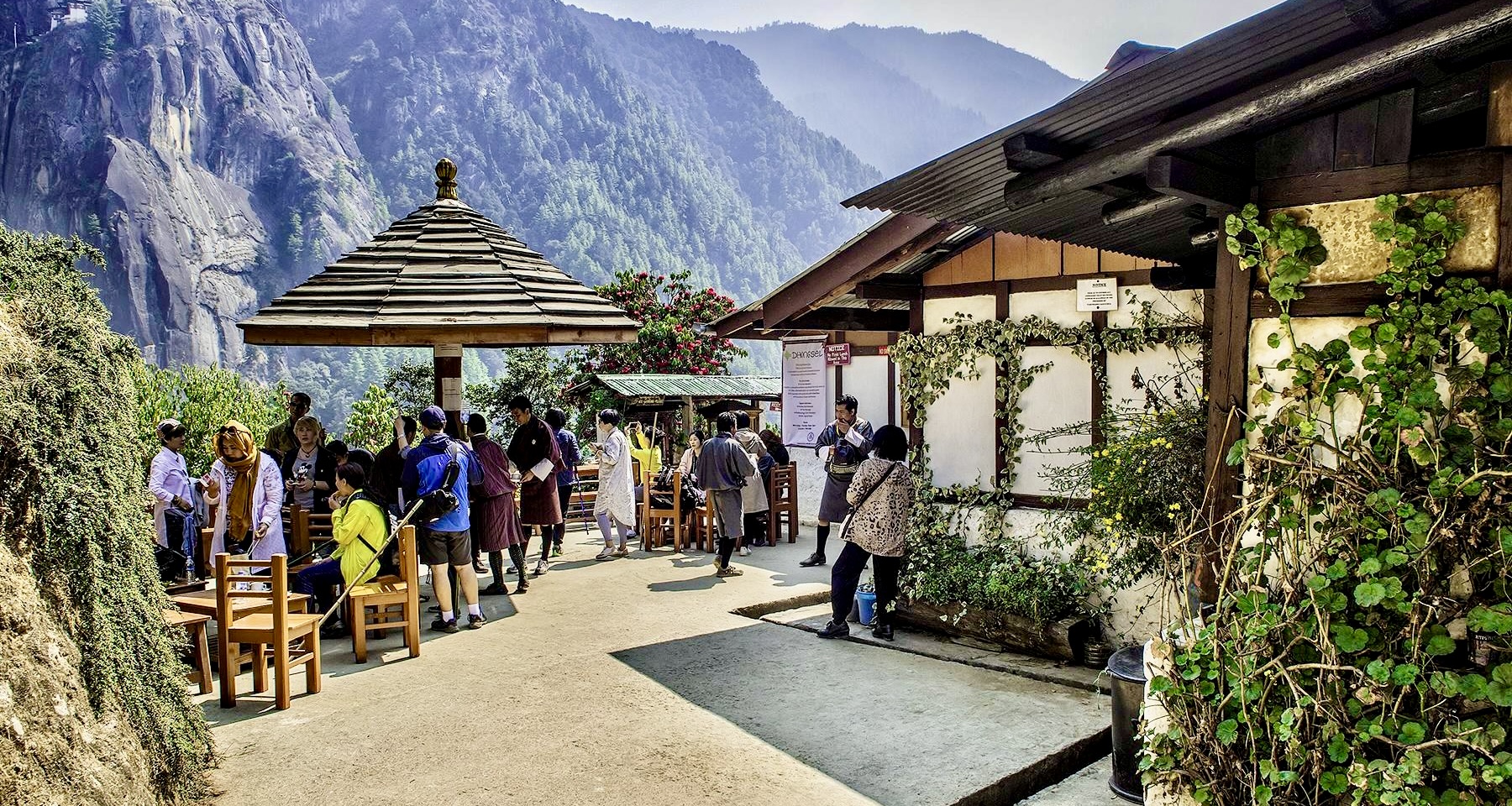
The hike up takes about 2-3 hours, depending on your pace, but trust us, it's worth every step. We stop at the halfway point where there's a lovely cafeteria with stunning views – perfect for catching your breath and snapping some photos.
The monastery itself is a sacred site where Guru Rinpoche (who brought Buddhism to Bhutan) is said to have meditated for three months after arriving on the back of a flying tigress. Inside, you'll find colorful prayer flags, spinning prayer wheels, and serene Buddha statues that create an atmosphere of profound peace.
Thimphu - The Capital City with Rich Cultural Heritage
Thimphu stands out as the world's only capital city without traffic lights! Instead, you'll find white-gloved police officers gracefully directing traffic at major intersections. We love showing visitors this charming blend of traditional and modern Bhutanese life.
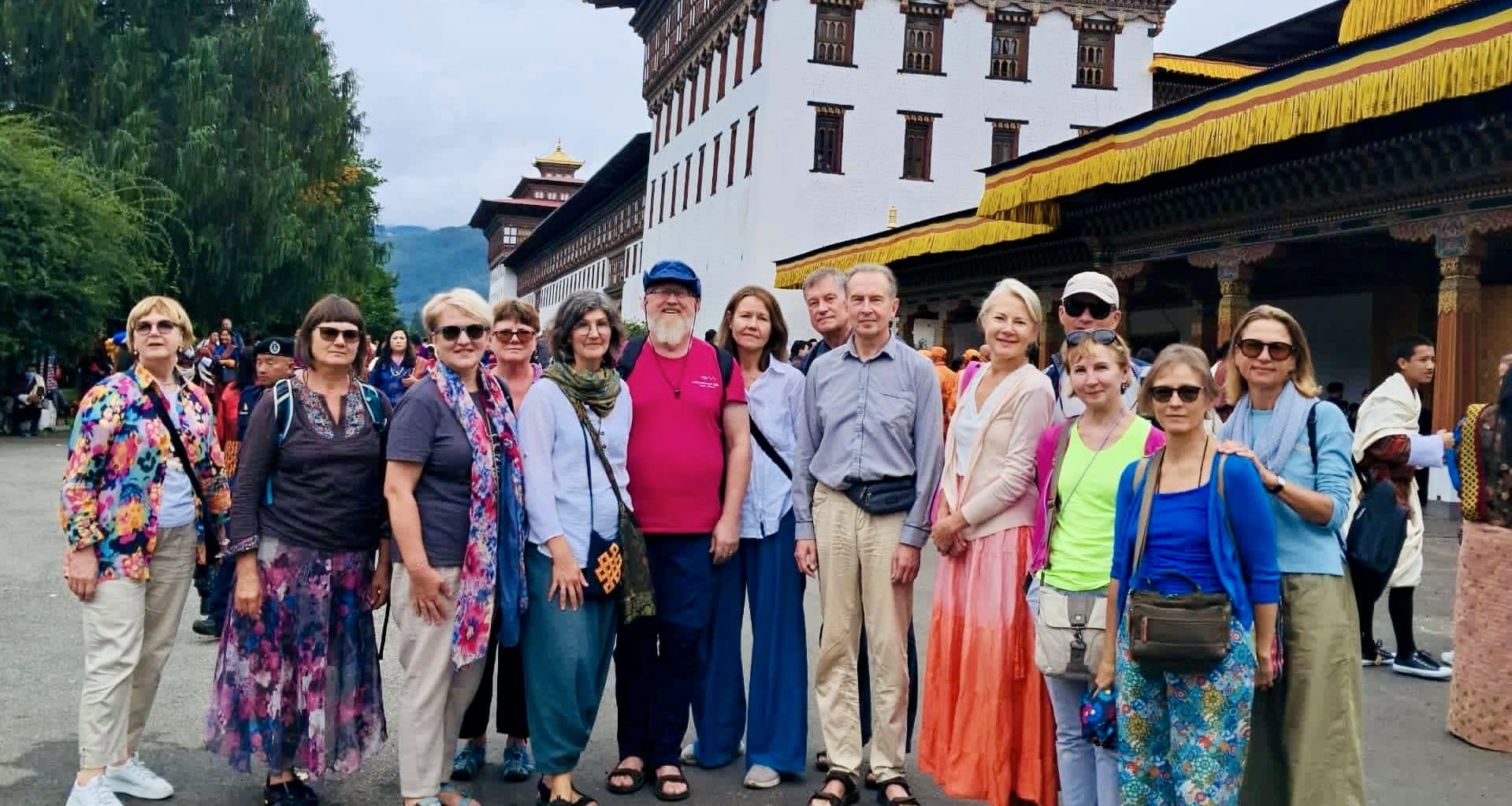
The city is home to impressive landmarks like the gigantic Buddha Dordenma statue that overlooks the entire valley. Standing 51.5 meters tall, it's one of the largest Buddha statues in the world and contains over 100,000 smaller Buddha statues inside.
We always recommend visiting the National Memorial Chorten, where locals circle the stupa in a clockwise direction, spinning prayer wheels and chanting mantras. The Folk Heritage Museum offers a glimpse into traditional Bhutanese rural life, while the National Textile Museum showcases the country's incredible weaving traditions.
The weekend market along the Wang Chhu river is a feast for the senses – locals from surrounding valleys gather to sell everything from fresh produce to incense and traditional crafts.
Punakha Valley and Its Majestic Dzong
Punakha Valley steals our hearts every time with its warm climate and lush, terraced rice fields. The valley sits at a lower elevation than Thimphu, creating a subtropical paradise that feels worlds away from the higher mountain regions.
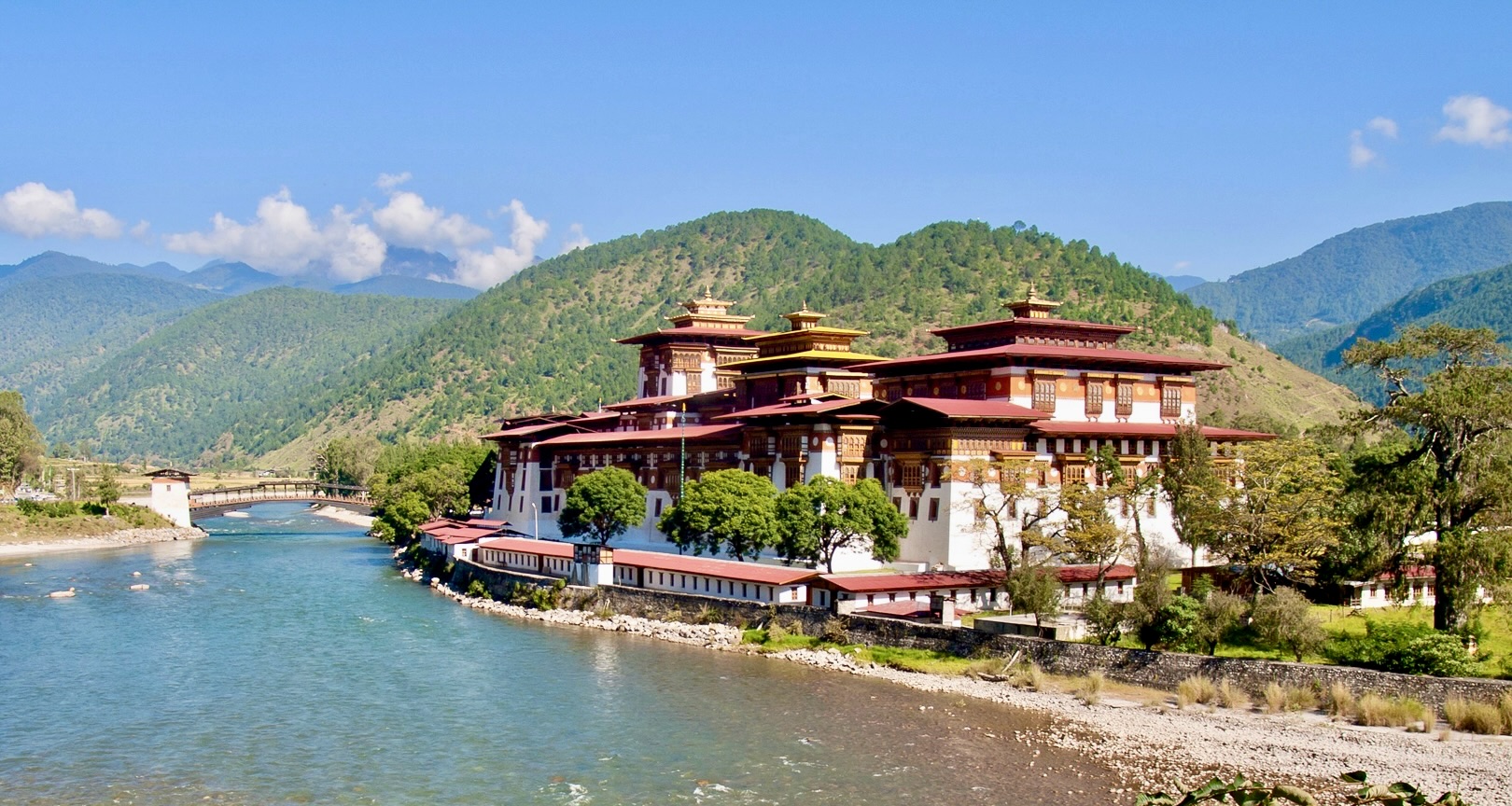
The crown jewel here is undoubtedly Punakha Dzong. Built in 1637, it's arguably Bhutan's most beautiful fortress, strategically positioned at the confluence of two rivers – the Pho (male) and Mo (female) Chhu. We time our visits during spring when the jacaranda trees burst into purple blooms against the white fortress walls.
Inside, you'll find some of Bhutan's most elaborate and sacred Buddhist artworks. The dzong has played a crucial role in Bhutan's history as the administrative center and winter home of the central monastic body.
Don't miss the Chimi Lhakhang (Fertility Temple), a quirky temple dedicated to the "Divine Madman" who taught Buddhism through somewhat unconventional methods. The short walk to the temple takes you through beautiful rice fields and a village where phallus symbols painted on houses ward off evil spirits.
Phobjikha Valley - Home to Black-Necked Cranes
Phobjikha Valley feels like stepping into another world. This vast U-shaped glacial valley transforms into a magical landscape when morning mist hovers over the wetlands. It's one of our favorite places to disconnect and experience Bhutan's untouched natural beauty.
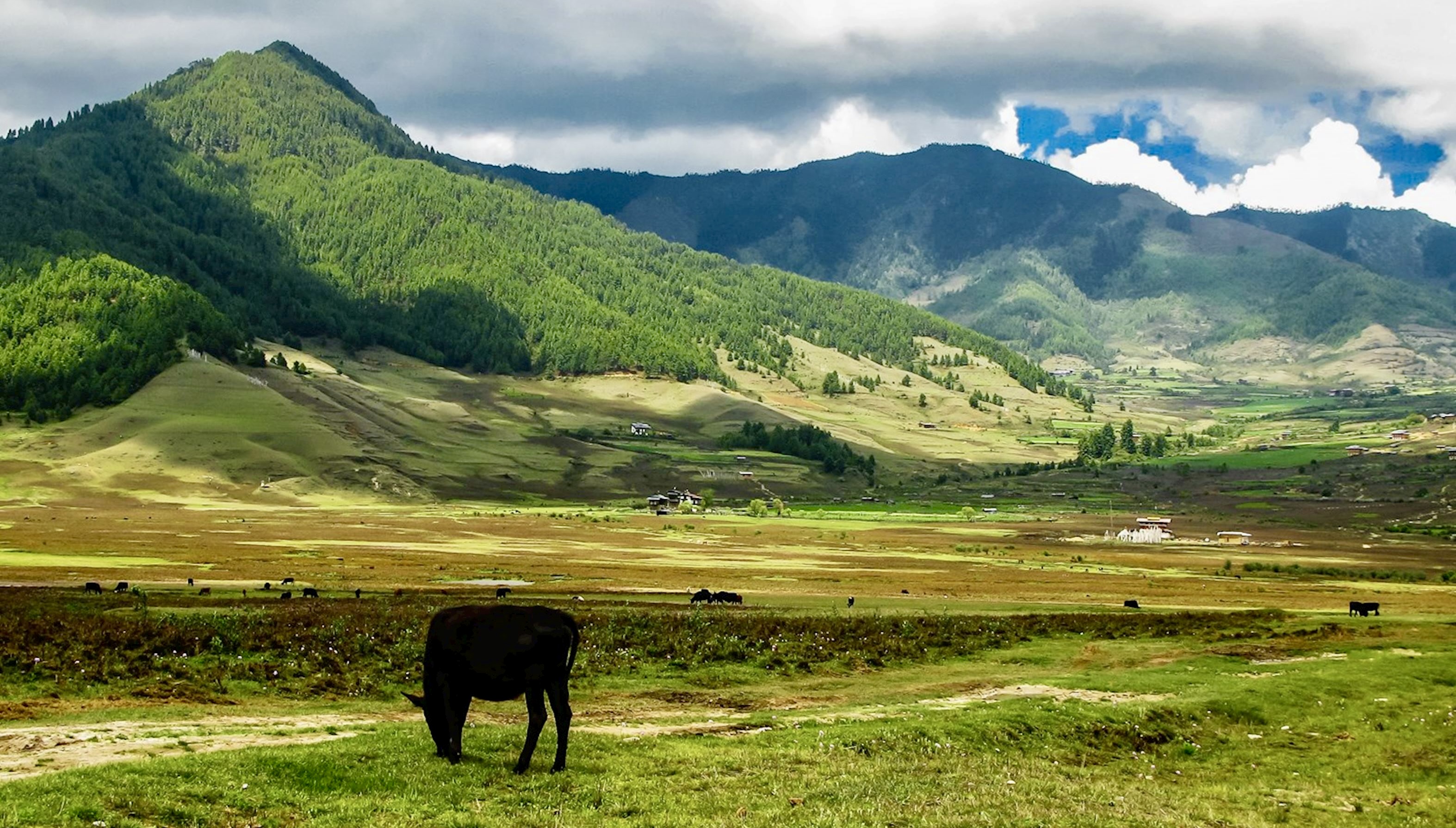
What makes this valley truly special are its seasonal residents – the endangered black-necked cranes that migrate from Tibet each winter. We always recommend visiting between November and February to witness these magnificent birds. Local folklore considers these cranes sacred, believing they circle Gangtey Monastery three times upon arrival and before departure.
The Black-Necked Crane Information Center offers spotting scopes and information about conservation efforts. Interestingly, the entire valley uses underground electrical wiring to prevent the cranes from flying into cables.
The hiking here is phenomenal – we particularly love the Gangtey Nature Trail, which winds through forests, meadows, and villages, offering stunning panoramic views of the valley.
Bumthang Valley - The Spiritual Heartland of Bhutan
Bumthang isn't just a single valley but four valleys collectively known as Bhutan's spiritual heartland. This region houses some of the oldest Buddhist temples and monasteries in the country, and we can literally feel the sacred energy in the air.
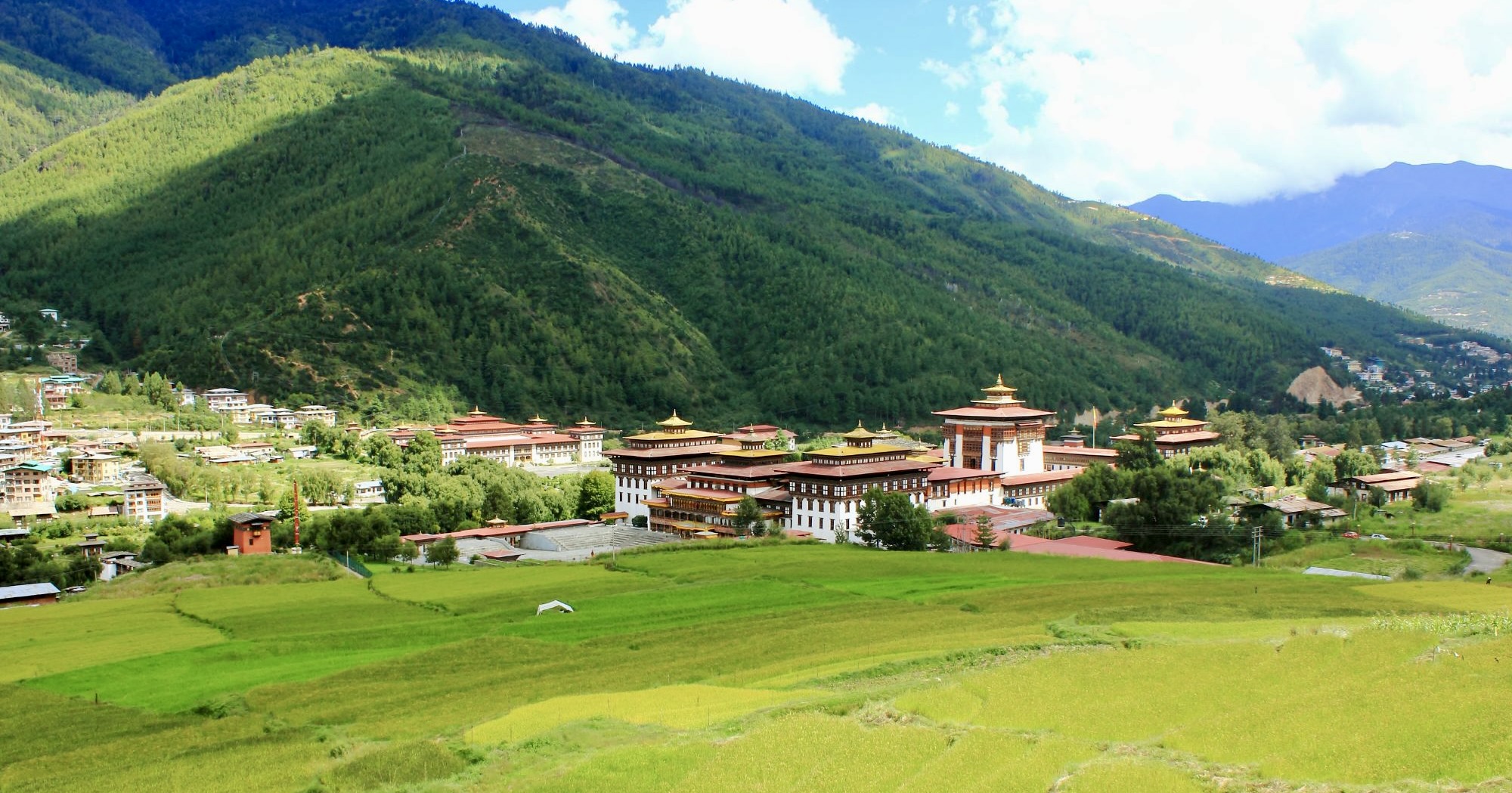
Jambay Lhakhang, built in the 7th century, is one of Bhutan's oldest temples and hosts spectacular fire festivals that we make sure our guests experience if visiting in autumn. Kurjey Lhakhang, another important temple complex, marks where Guru Rinpoche left his body imprint after subduing a local demon.
What makes Bumthang extra special is its distinctive culture, food, and language. We always recommend trying the local buckwheat noodles and Bumthang cheese. The region is also famous for its honey, Swiss-style cheese, and Red Panda beer from Bhutan's first microbrewery.
The landscape here is incredibly diverse – pine forests, buckwheat fields, apple orchards, and dairy farms dotting the countryside. Walking between the monasteries through these pastoral scenes is one of the most rewarding experiences in Bhutan.
Paro - Gateway to Bhutan with Historic Sites
Paro is where most visitors first experience Bhutan, home to the country's only international airport. But this charming valley offers much more than just a gateway – it houses some of Bhutan's most historic and important structures.
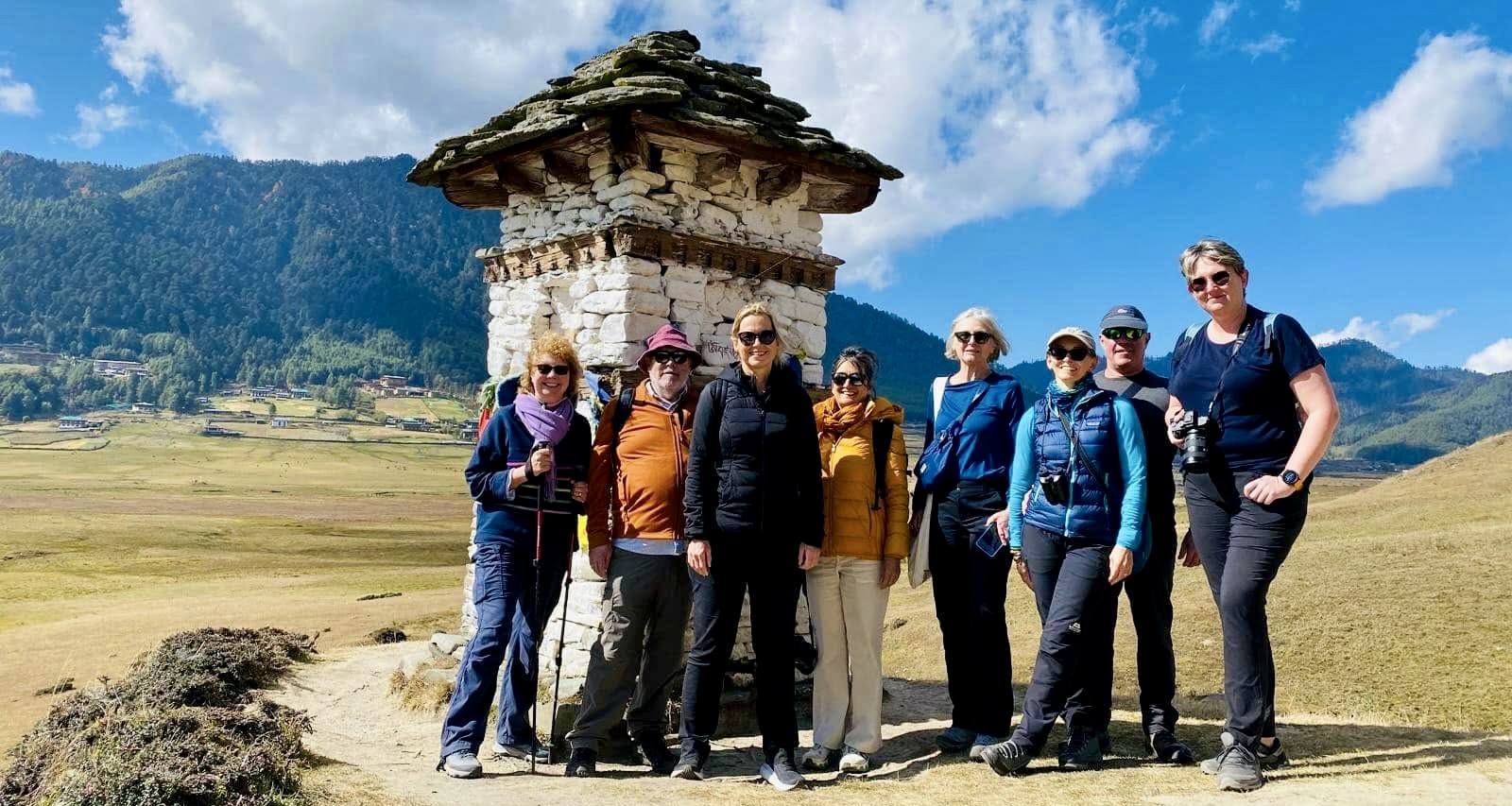
We always take time to explore Paro Dzong (Rinpung Dzong), which appears in countless photographs of Bhutan with its massive buttressed walls visible throughout the valley. Built in 1644, it now houses government offices and religious facilities. The annual Paro Tsechu (festival) held here is one of Bhutan's most colorful and significant events.
The National Museum of Bhutan, housed in the ancient Ta Dzong (watchtower) above the dzong, offers a fascinating collection of artifacts that tell the story of Bhutan's cultural heritage and history.
Kyichu Lhakhang is another must-visit – one of the oldest temples in Bhutan, believed to have been built in the 7th century by the Tibetan King Songtsen Gampo to pin down a demoness who was preventing the spread of Buddhism.
Haa Valley - Untouched Natural Beauty and Traditions
Haa Valley remains one of Bhutan's best-kept secrets and one of our favorite recommendations for travelers seeking authentic experiences. Only opened to tourists in 2002, this remote western valley retains an untouched quality that's increasingly rare.
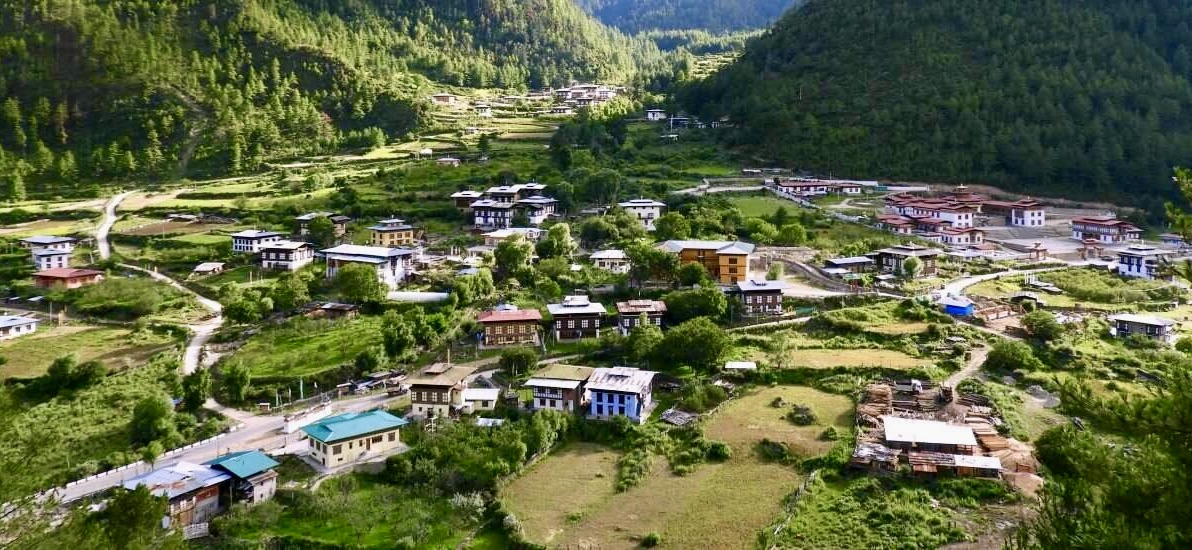
We love the pristine alpine forests, crystal-clear mountain streams, and vast open meadows dotted with traditional farmhouses. The valley sits near the border with Tibet, and the cultural influences are evident in the local architecture and customs.
The main attractions include the 7th-century Lhakhang Karpo (White Temple) and Lhakhang Nagpo (Black Temple), both with fascinating origin stories involving a white and black dove. The Haa Summer Festival is a vibrant celebration where you can experience traditional sports, sample local cuisine, and witness nomadic lifestyles firsthand.
What makes Haa truly special is the opportunity to experience rural Bhutanese life that hasn't changed much over the centuries. We often arrange homestays here, allowing our guests to participate in daily activities like milking cows, churning butter, and cooking traditional meals.
Dochula Pass - Breathtaking Himalayan Views
Dochula Pass marks the journey between Thimphu and Punakha with unforgettable views that stop us in our tracks every single time. At 3,100 meters, this mountain pass offers one of the most spectacular panoramas of the Himalayan range when the weather is clear.

The 108 chortens (stupas) known as the "Druk Wangyal Chortens" stand in perfect formation, built by the Queen Mother to honor Bhutanese soldiers who lost their lives fighting Indian insurgents in 2003. We always take a moment here to walk around these stupas while soaking in the mountain views.
The Druk Wangyal Lhakhang temple nearby features stunning modern paintings depicting Bhutan's transition from monarchy to democracy. The colorful prayer flags fluttering in the mountain breeze create perfect photo opportunities.
If you're visiting in winter, be prepared for a magical scene when snow blankets the pass. In spring, the hillsides burst with rhododendron blooms in every imaginable shade of red, pink, and white.
Gangtey - Traditional Village Life and Monastery
Gangtey village feels like stepping back in time. Sitting on the edge of the Black Mountains overlooking Phobjikha Valley, this cluster of traditional houses surrounds one of Bhutan's most important monasteries.
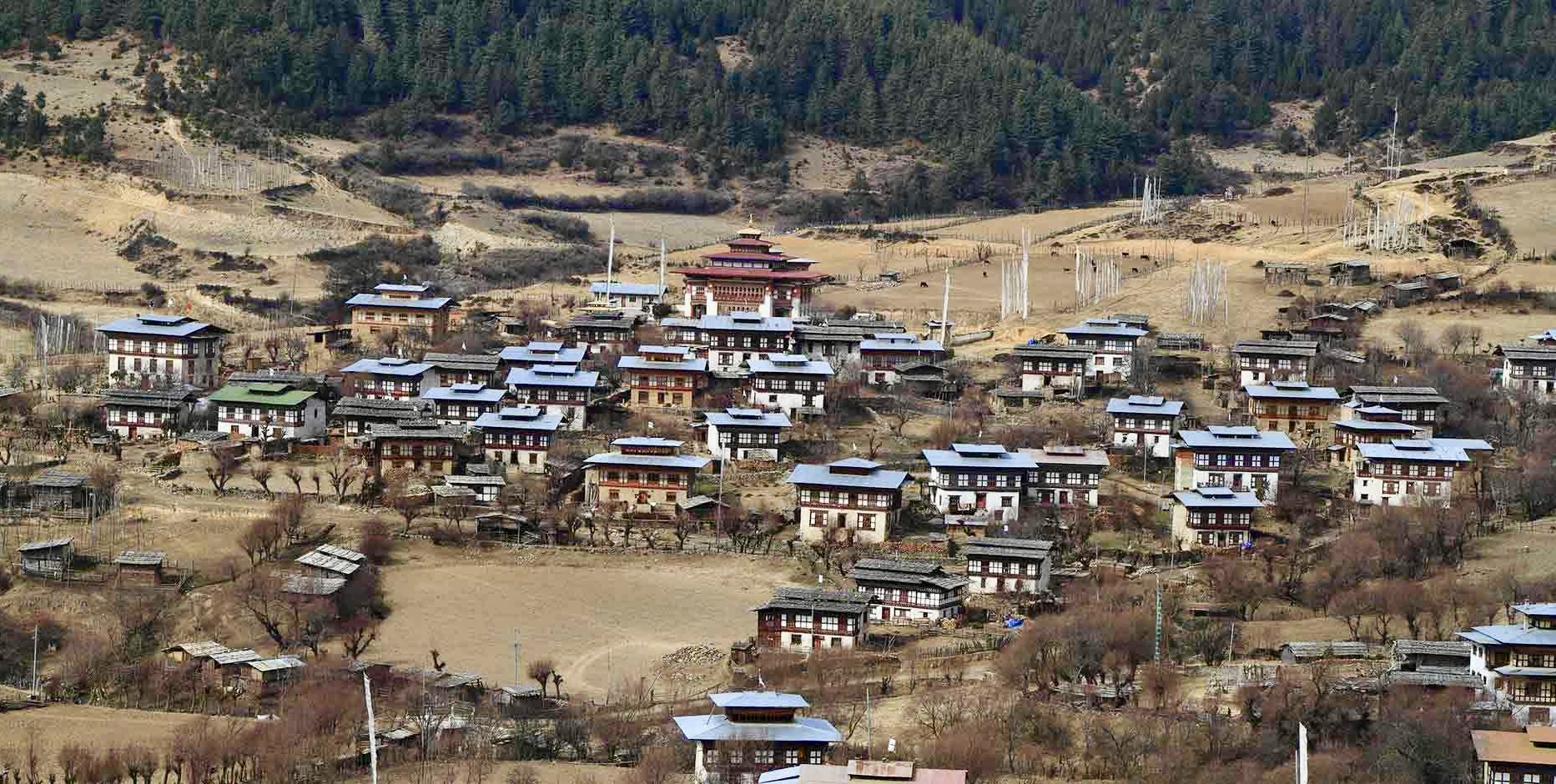
Gangtey Goemba, a 17th-century monastery perched on a forested hill, dominates the landscape. We're always moved by its remote beauty and spiritual significance. Recently renovated, the monastery contains intricate woodwork, colorful murals, and a large prayer hall. If you're lucky enough to visit during a festival, you'll witness monks performing sacred masked dances that have remained unchanged for centuries.
The village itself offers authentic insights into rural Bhutanese life. We encourage our guests to interact with locals, many of whom practice traditional crafts like weaving bamboo baskets and making wooden bowls.
The Gangtey Trek (also known as the Gangtey Nature Trail) is one of our favorites – an easy 5-6 hour hike through meadows, forests, and villages with stunning views throughout. It's particularly magical in early morning when mist blankets the valley below.
Cultural Experiences and Traditions in Bhutan
Explore Impressive Dzongs and Ancient Monasteries
Bhutan's dzongs are more than just buildings - they're the beating heart of Bhutanese culture. We've explored these massive fortress-monasteries throughout our journeys and can confirm they're absolutely jaw-dropping. The architectural details will leave you speechless - massive white walls rising dramatically against mountain backdrops, intricate woodwork painted in vibrant colors, and peaceful courtyards where monks go about their daily routines.
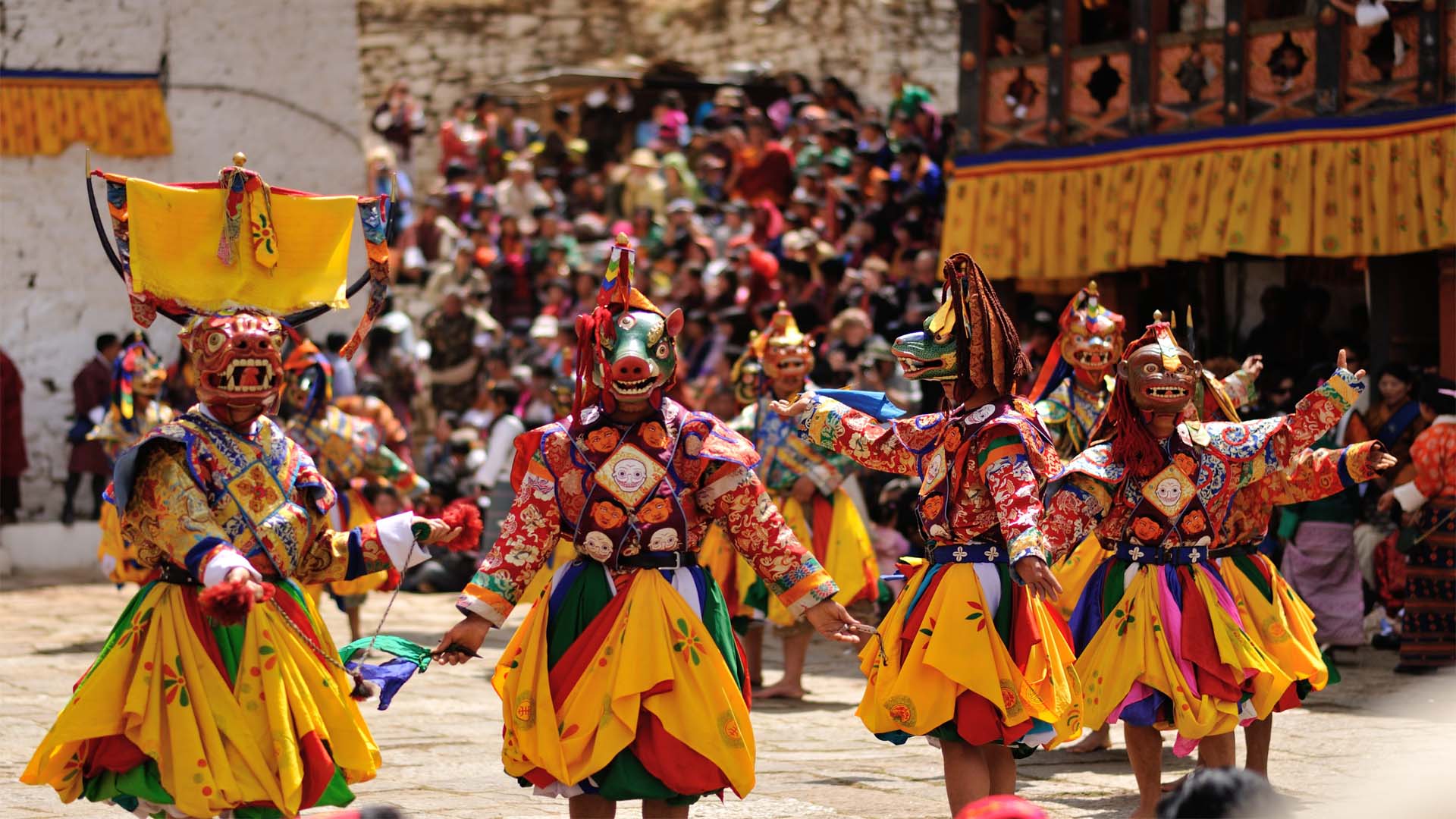
Our favorites include Punakha Dzong, beautifully positioned between two rivers, and Taktshang (Tiger's Nest) Monastery perched impossibly on a cliff edge. When we visit these sacred places, we always remind our guests to dress respectfully - shoulders and knees covered - and to follow local customs like walking clockwise around religious structures.
Witness Colorful Tshechu Festivals and Traditional Dances
Nothing captures the Bhutanese spirit quite like their vibrant Tshechu festivals. We time many of our tours to coincide with these incredible celebrations, where locals gather in their finest traditional clothes to watch sacred mask dances. The atmosphere is electric - a mix of spiritual devotion and community celebration.
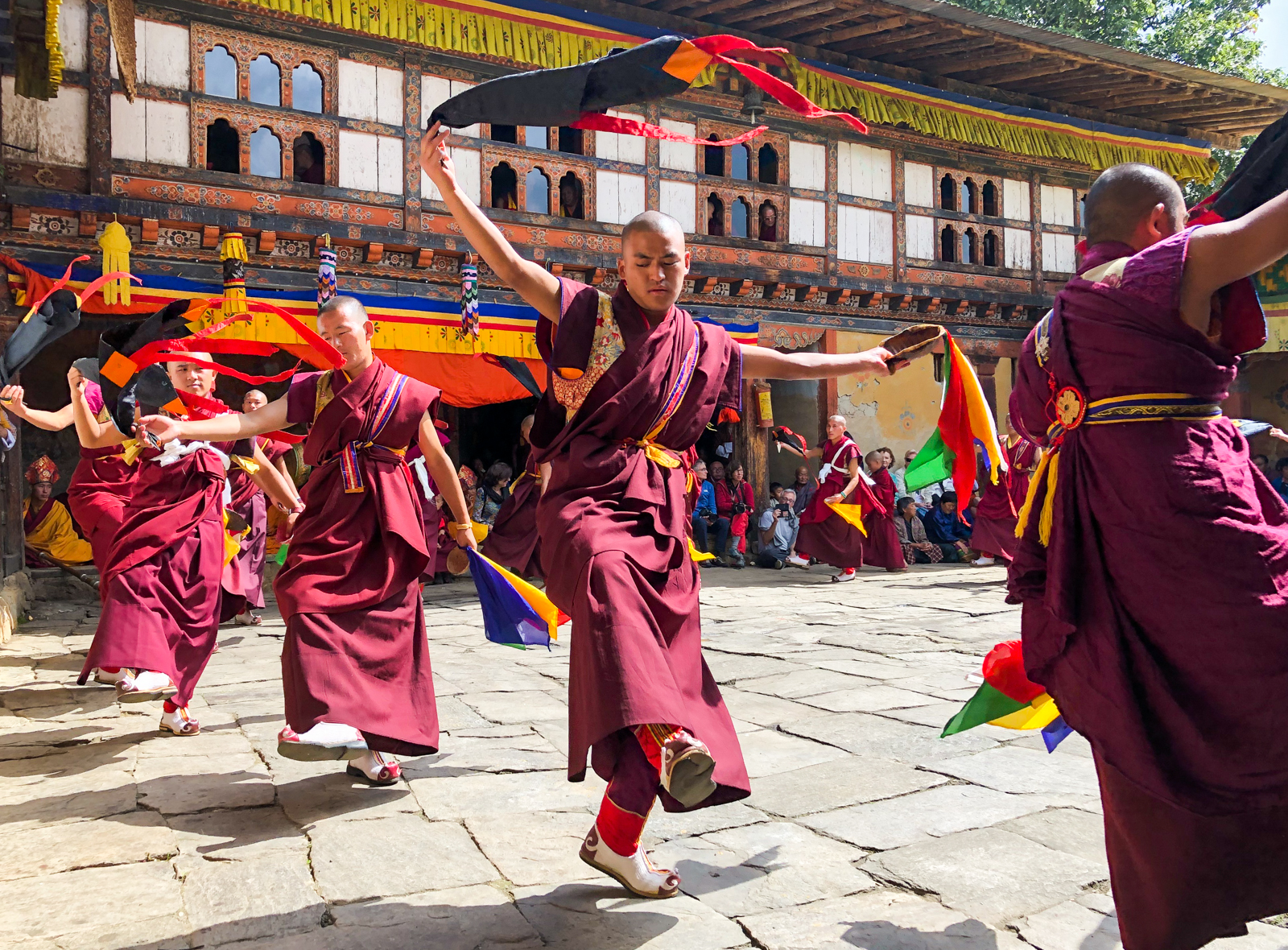
Dancers in colorful masks and elaborate costumes whirl and stomp to traditional music, telling ancient Buddhist stories that have been passed down for generations. The famous Thimphu Tshechu draws thousands, but we also love the smaller regional festivals where you can get up close to the action and feel genuinely welcomed by locals.
Experience Traditional Bhutanese Cuisine and Hot Stone Baths
Bhutanese cuisine isn't just food - it's a fiery adventure! We always encourage our guests to try ema datshi (chili peppers with cheese), Bhutan's unofficial national dish. Don't worry if spicy isn't your thing - we know plenty of milder alternatives too.
After a day of exploration, nothing beats sinking into a traditional hot stone bath. This uniquely Bhutanese experience involves river rocks heated in a fire, then placed in wooden tubs filled with water and medicinal herbs. We've arranged countless stone baths for our clients, and the blissful relaxation on their faces afterward says it all.
Learn about Gross National Happiness Philosophy
Bhutan's famous Gross National Happiness philosophy isn't just a catchy slogan - it's woven into everything here. We've had fascinating conversations with locals about how this approach shapes their lives, valuing well-being over material wealth.
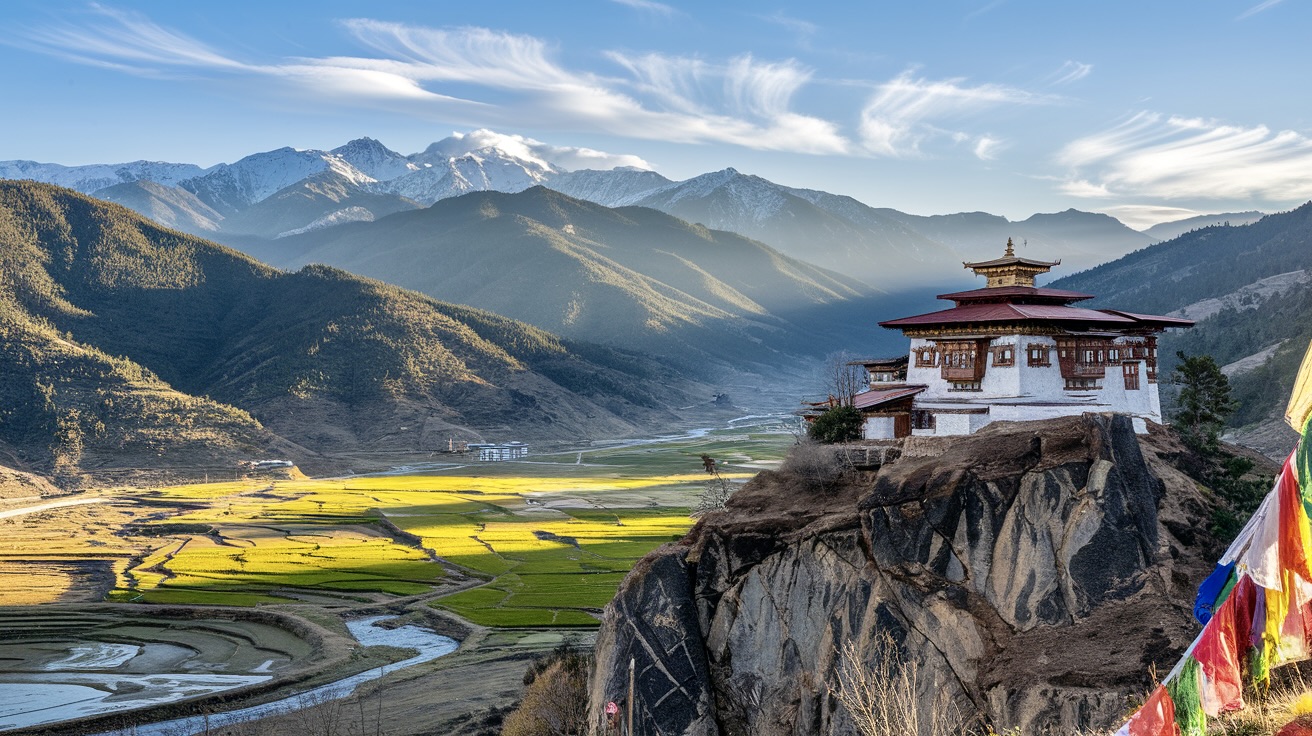
During our tours, we visit community projects and sustainable initiatives that showcase this philosophy in action. It's eye-opening to see a country that measures success differently, focusing on spiritual and cultural preservation alongside economic development. Many of our guests tell us this perspective shift is one of the most valuable souvenirs they take home.
Participate in Buddhist Rituals and Meditation Sessions
Buddhism isn't just a religion in Bhutan - it's a way of life. We arrange opportunities for our guests to participate in simple meditation sessions guided by monks, or observe morning rituals at monasteries as the sun rises over the mountains.
The gentle chanting, butter lamps flickering in the darkness, and the rhythmic sound of drums create an atmosphere of profound peace. We've watched even the most stressed travelers find a moment of tranquility here. Some of our guests have told us these spiritual experiences were the highlight of their entire trip, offering insights that stayed with them long after returning home.
Outdoor Adventures and Natural Wonders
Hiking to Iconic Landmarks and Mountain Passes
Bhutan's landscape is a dream come true for hikers. We've guided countless travelers to Tiger's Nest Monastery (Paro Taktsang), the country's most iconic landmark. Perched dramatically on a cliff at 10,240 feet, this sacred site offers unparalleled views after a challenging but rewarding 3-hour hike.
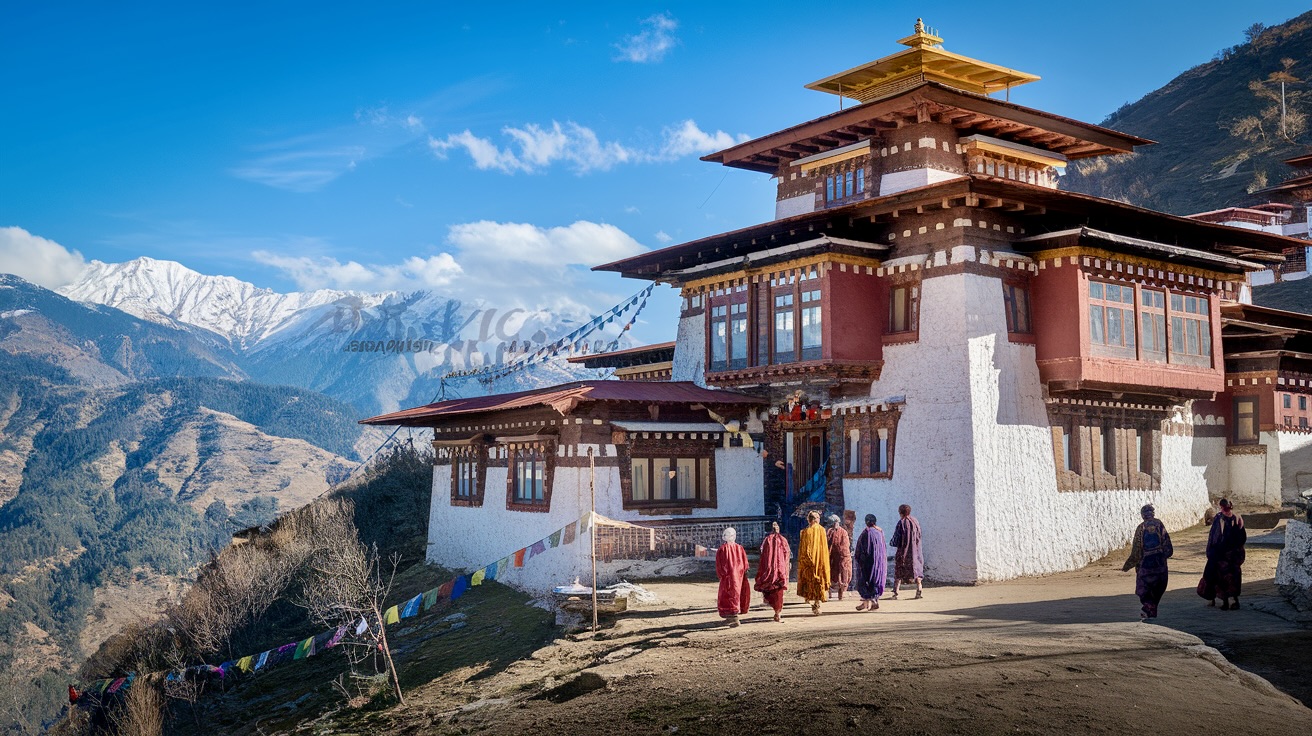
For those seeking altitude, we recommend crossing the Chele La Pass (13,000 feet), the highest road pass in Bhutan. The panoramic vista of Himalayan peaks, including the sacred Mount Jomolhari, simply takes your breath away. Trust us, the early morning hike through rhododendron forests to catch sunrise from the pass is worth every step.
Trekking Routes for All Skill Levels
Bhutan has something for everyone—from casual walkers to serious trekkers. We've curated experiences ranging from gentle day hikes around Thimphu Valley to the legendary 25-day Snowman Trek, one of the toughest and most beautiful treks in the world.
For beginners, we recommend the Druk Path Trek (5-6 days), connecting Paro and Thimphu through stunning alpine landscapes. Intermediate trekkers love the Jomolhari Loop (7-8 days), where we often spot blue sheep and maybe even snow leopards if we're lucky.
Our favorite mid-range option? The Dagala Thousand Lakes Trek, where we camp beside pristine mountain lakes under star-filled skies. Nothing beats sharing stories around a campfire with the Himalayas as your backdrop.
Wildlife Viewing and Bird Watching Opportunities
Bhutan's commitment to conservation (over 70% forest cover!) means amazing wildlife encounters. We've spotted rare black-necked cranes in the Phobjikha Valley during winter migrations—a truly magical experience.
The Manas National Park, Bhutan's only UNESCO-listed wildlife sanctuary, is where we take guests hoping to glimpse tigers, elephants, and the elusive golden langur. Our experienced guides know exactly when and where to look.
Bird enthusiasts, you're in for a treat! With over 700 bird species, we often find ourselves pointing out colorful specimens like the Himalayan monal, rufous-necked hornbill, and white-bellied heron during our forest walks.
River Rafting in Pristine Waters
When we need a break from hiking, we hit Bhutan's pristine rivers. The Po Chhu and Mo Chhu rivers in Punakha offer exhilarating white-water rafting experiences with rapids ranging from Grade II to IV.
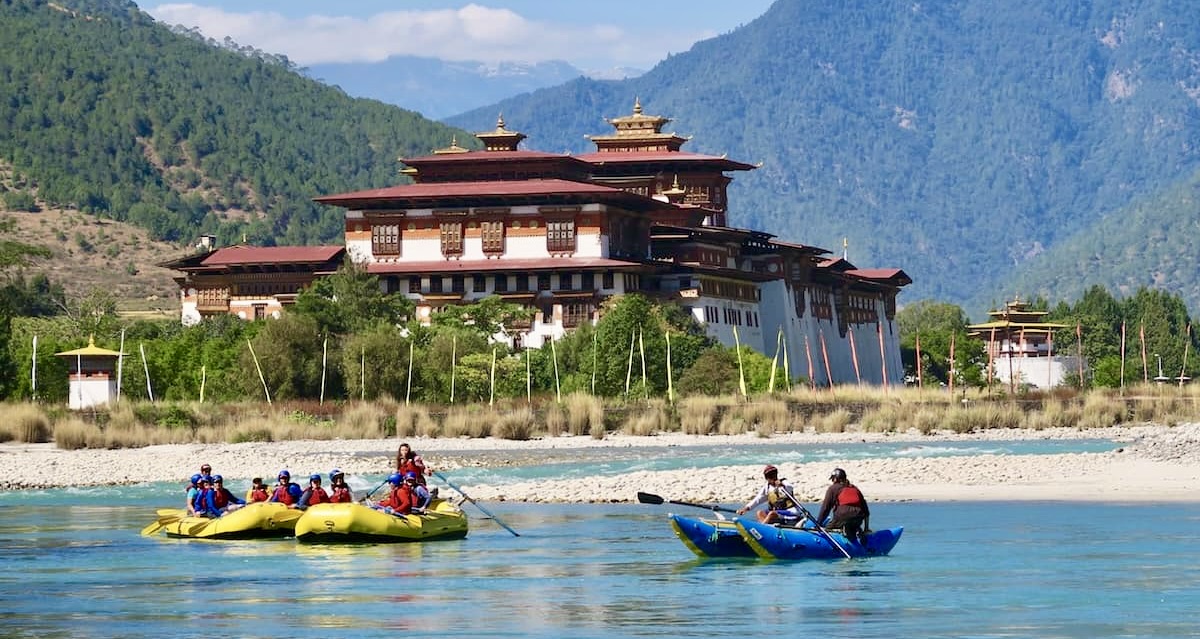
For a gentler experience, we love floating down the Paro Chhu, taking in the valley's serene beauty. The crystal-clear waters reflect the surrounding mountains, creating perfect photo opportunities at every bend.
Safety is our priority—we provide all necessary gear and experienced guides who know these waters intimately. After an exciting day on the river, we often enjoy a riverside picnic with authentic Bhutanese cuisine.
Photography Tours of Breathtaking Landscapes
We've designed special photography tours that time visits to iconic locations during golden hour. The dawn light hitting Tiger's Nest or the sunset glow on Punakha Dzong creates images that belong in National Geographic.
Bhutan's dramatic landscapes offer endless composition opportunities—dzongs reflected in rice paddies, prayer flags fluttering against mountain backdrops, and ancient bridges spanning rushing rivers.
We take photographers to less-visited spots like the Haa Valley, where traditional farmhouses dot pristine landscapes untouched by mass tourism. Our local knowledge helps you capture authentic moments of Bhutanese daily life, from archery competitions to farmers harvesting red rice by hand.
Practical Travel Information for Bhutan
Best Time to Visit Based on Seasons and Festivals
Bhutan's charm changes with each season, and we've found that timing your visit right can make all the difference. Spring (March-May) brings rhododendrons in full bloom across Bhutan's valleys, with comfortable temperatures for hiking. Summer (June-August) offers lush green landscapes, though occasional rainfall might interrupt your plans.
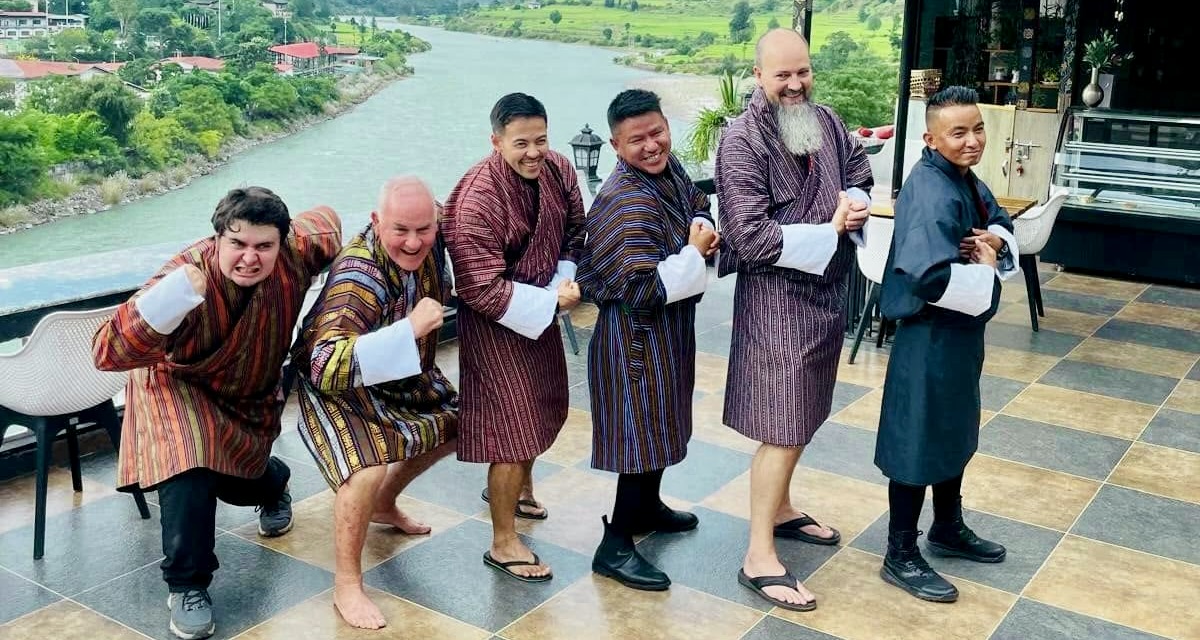
Fall (September-November) is our favorite time to visit—clear skies showcase the Himalayas in all their glory, and the weather is perfect for trekking. Winter (December-February) brings snow to the higher regions while valleys remain sunny and crisp.
For festival chasers, we recommend planning around Bhutan's vibrant celebrations:
- Paro Tshechu (March/April): The kingdom's most famous festival
- Thimphu Tshechu (September/October): The capital's largest celebration
- Jambay Lhakhang Drup (November): Famous for its midnight fire ritual
Understanding Bhutan's Sustainable Tourism Model
Bhutan doesn't play by typical tourism rules, and that's why we love it. The kingdom operates on a "High Value, Low Impact" tourism policy. This means visitors pay a Sustainable Development Fee (SDF) of $100 per person per day.
What does this fee cover? Pretty much everything essential:
- Accommodation (3-star minimum)
- All meals
- Licensed Bhutanese guide
- Internal transport
- Camping equipment on treks
- Entry fees to attractions
This model ensures tourism benefits the local economy while preserving Bhutan's pristine environment and cultural integrity. We've seen firsthand how this approach keeps overtourism at bay while providing visitors with authentic experiences.
Luxury Accommodation Options Throughout the Kingdom
Bhutan's luxury scene has exploded in recent years, and we couldn't be happier about it. The kingdom now hosts some of Asia's most exclusive retreats:
Thimphu and Paro:
- Amankora: Part of a circuit of Aman lodges across Bhutan
- Six Senses Bhutan: Contemporary luxury with traditional architecture
- Taj Tashi: Blending Bhutanese craftsmanship with modern amenities
Central and Eastern Bhutan:
- Gangtey Lodge: Overlooking the stunning Phobjikha Valley
- Bumthang Mountain Lodge: Boutique luxury in Bhutan's spiritual heartland
These properties don't just offer comfort—they immerse you in Bhutanese culture through architecture, cuisine, and wellness treatments based on traditional medicine.
Travel Requirements and Visa Information
Navigating Bhutan's entry requirements is straightforward with our help. All tourists (except Indian, Bangladeshi, and Maldivian nationals) need a visa to enter Bhutan. We handle the entire process for our clients.
Key visa information:
- Visas cost $40 and are processed only after full payment of your tour
- You need a valid passport with at least six months' validity
- Visa processing typically takes 2-3 business days
- Visas are approved electronically before travel
We recommend initiating the visa process at least one month before your planned departure. Once approved, you'll receive visa clearance documents which you must print and present at immigration.
Combining Bhutan with Trips to Nepal, India, or Thailand
Many of our clients maximize their journey by combining Bhutan with visits to neighboring countries. We've perfected several multi-country itineraries:
- Bhutan + Nepal: Experience both Himalayan kingdoms in one trip. Fly from Kathmandu to Paro (just 1 hour), exploring Nepal's cultural riches before entering Bhutan's pristine landscapes.
- Bhutan + India: Pair Bhutan with India's northern regions. The Delhi-Paro route makes a logical connection, with many adding Sikkim or Darjeeling.
- Bhutan + Thailand: Bangkok serves as the main gateway to Bhutan, with regular Drukair flights. Decompress on Thai beaches after your Bhutanese adventure.
The logistics of these combinations can be tricky, but we've got years of experience crafting seamless multi-country journeys that maximize your time in each destination.
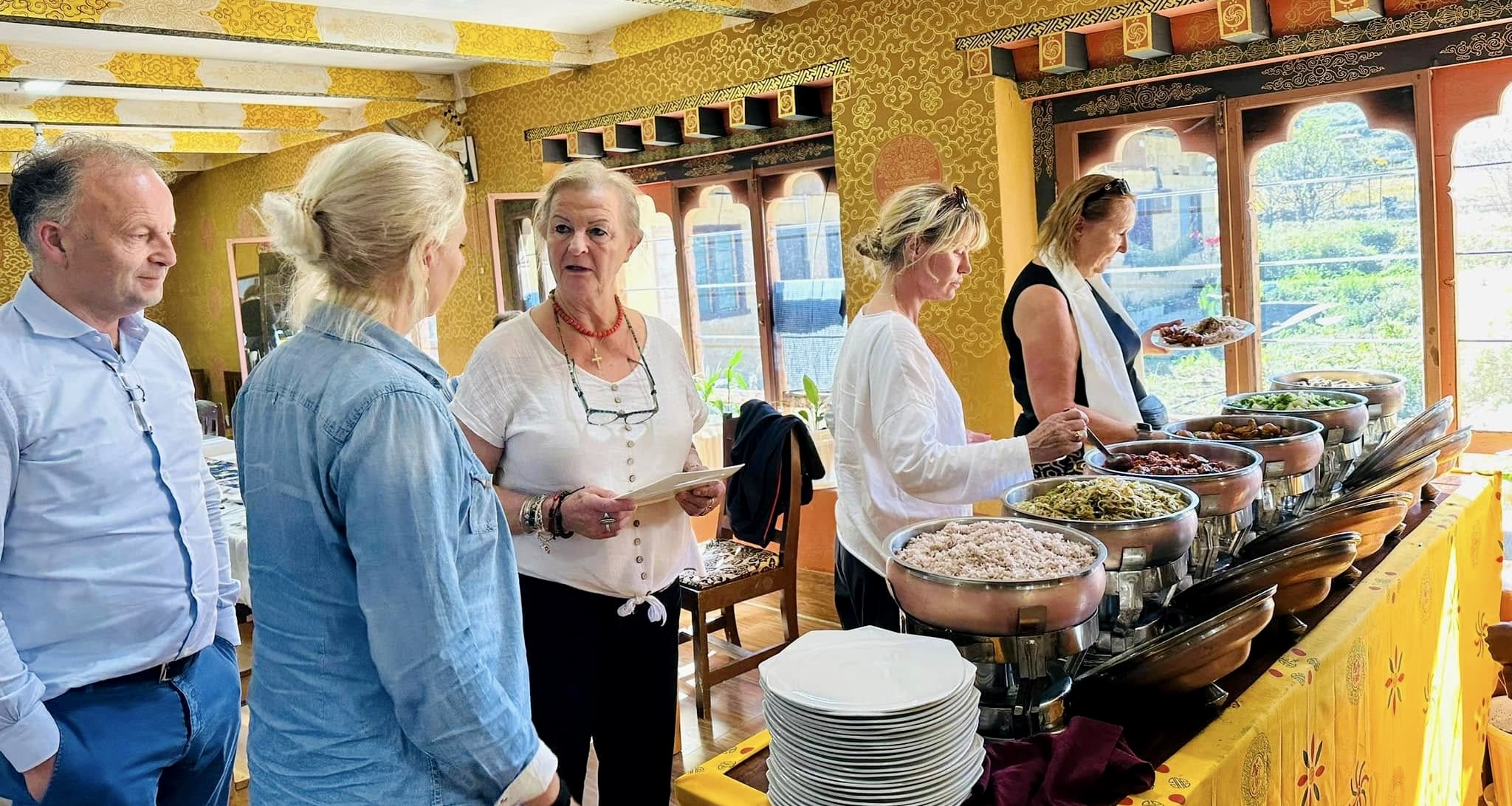
Conclusion
Bhutan offers an enchanting blend of ancient Buddhist culture, breathtaking Himalayan landscapes, and unique traditions that make it a truly remarkable destination. From the magnificent Tiger's Nest Monastery clinging to a cliffside to the serene valleys of Paro and Punakha, every corner of this kingdom provides unforgettable experiences. The country's commitment to preserving its cultural heritage while embracing Gross National Happiness creates an atmosphere unlike anywhere else in the world.
As you plan your journey to this magical kingdom, remember that Luxury Holidays Nepal can help create the perfect itinerary tailored to your interests. Whether you're seeking spiritual enlightenment, adventure in pristine natural settings, or immersion in rich cultural traditions, Bhutan rewards travelers with authentic experiences and memories that will last a lifetime. Start preparing for your Bhutanese adventure today and discover why this Himalayan jewel is truly the last Shangri-La.
Contact Luxury Holidays Nepal to craft your perfect Bhutan experience tailored to your travel preferences and dreams.
If you need any further information, please contact us by email: [email protected], Phone: +977- 985 100 5129 (WhatsApp).




